Export Development Canada made headlines this week with a sobering forecast: the Canadian economy will officially fall into recession in 2025, with growth of just 0.9%. The Crown corporation was quick to identify the culprit — US President Donald Trump’s tariff policies.
According to the National Post‘s reporting on EDC’s forecast, the recession is “part of a global downturn directly linked to US President Donald Trump’s tariff policies.”
Canadian economy falling into recession thanks to Trump tariffs, Crown corporation forecasts https://t.co/PUdvcd9IUK
— National Post (@nationalpost) October 15, 2025
The narrative is tidy: Canada’s economy was humming along until Trump’s trade war began in March 2025. Now we’re heading for a recession. Case closed.
But is it that simple?
The tariffs are real — but so were the problems before them
There’s no question Trump’s tariffs have hurt. The saga began in March when Trump imposed 25% tariffs on most Canadian goods (with 10% on energy). By August, he escalated to 35% on many products. Then in September, after months of negotiations, sweeping exemptions were granted, meaning the vast majority of Canadian exports to the US, which account for roughly 73% of total exports, now remain tariff-free.
Despite these exemptions cushioning the blow, economic forecasters from TD Economics to CIBC agree that the prolonged uncertainty and sector-specific tariffs still represent a significant shock. The Bank of Canada estimates a protracted trade war could reduce GDP by 2.5%.
But here’s what EDC’s recession narrative conveniently glosses over: Canada’s economy was already in serious trouble before Trump ever signed those executive orders.
The inconvenient truth about Canada’s economic performance
Consider these facts that were true well before March 2025:
Productivity has been tanking for decades. Canada’s labor productivity gains have amounted to less than half the American rate annually, going back to the early 2000s, a disparity that’s grown even wider post-pandemic. A February 2025 Boston Consulting Group report revealed that in 2023, only three US states had lower per-capita economic output than Canada’s national average, meaning Canada trailed Arkansas but fell short of Alabama and Idaho.
Business investment has collapsed. Capital spending on machinery, equipment, and intellectual property by Canadian firms dropped steadily over two decades, bottoming out at just 5.6% of GDP in 2024. American companies, meanwhile, ramped up their investment intensity to nearly double that rate which is approaching 11% of GDP.
Living standards were already declining. From 2020 to 2024, GDP per person decreased by 2%, representing the worst five-year decline since the Great Depression. This happened while Trump was out of office and before any tariff threats materialized.
Canada imposes tariffs on itself. Internal trade barriers between provinces effectively amount to a 21% tariff on interprovincial commerce, nearly matching what Trump is threatening. Economist Trevor Tombe calculated that removing these internal obstacles could expand Canada’s economy by 4.4 to 7.9%, which is potentially more than enough to offset the tariff damage.
A convenient scapegoat?
Benjamin Tal, deputy chief economist at CIBC, acknowledges the economy will be “very vulnerable” over the next three to six months due to tariffs. But he also notes that “the economy’s overall direction and core strength are more important than whether it endures a technical recession.”
The problem is that Canada’s economic direction and core strength have been deteriorating for years.
The OECD warned in 2021 — well before Trump’s second presidency — that Canada’s growth in GDP per person from 2020 to 2060 would be the lowest among all 38 OECD member countries. The organization ranks Canada 25th out of 38 countries in policies that promote competition and innovation.
When the federal government abruptly reversed course on immigration policy in late 2024, cutting the number of temporary residents, it was partly an acknowledgment that rapid population growth had been masking economic weakness. Canada’s headline GDP looked okay because more people were buying things, but GDP per capita, the measure that actually matters for living standards, was falling.
The bottom line
Are Trump’s tariffs hurting Canada’s economy? Absolutely. Will they likely push Canada into a technical recession? Quite possibly.
But when a Crown corporation pins an economic recession entirely on external forces while ignoring decades of policy failures, underinvestment, and structural decline, it raises an uncomfortable question: Is this an honest assessment of Canada’s economic challenges, or a politically convenient way to avoid accountability for homegrown problems?
Canada’s productivity crisis, investment drought, and stagnant living standards didn’t start with Trump’s trade war in 2025. They’ve been building for 20 years. The tariff chaos is pouring gasoline on a fire that was already burning, but EDC would rather talk about the match than the kindling.
The real question isn’t whether Trump’s tariffs will cause a recession in 2025. It’s whether Canada will use this crisis as an excuse to avoid the hard work of fixing the structural problems that made it so vulnerable in the first place.
Information for this story was found via the sources and companies mentioned. The author has no securities or affiliations related to the organizations discussed. Not a recommendation to buy or sell. Always do additional research and consult a professional before purchasing a security. The author holds no licenses.

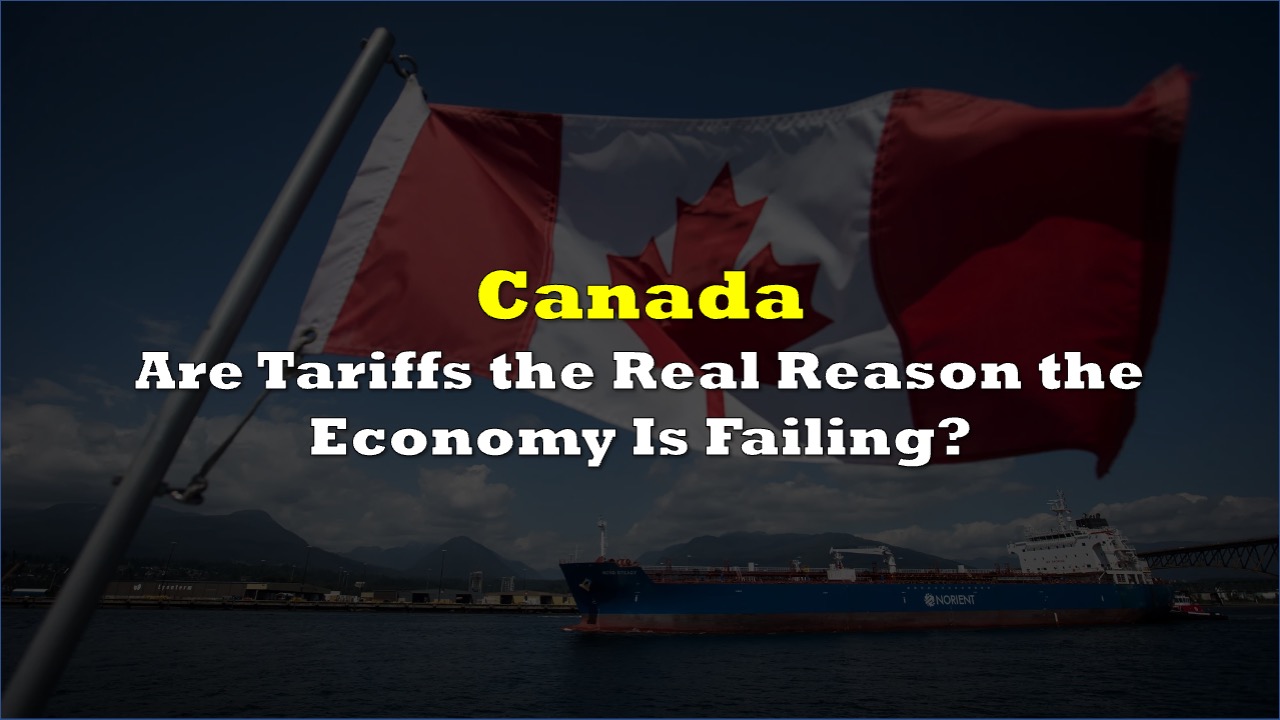
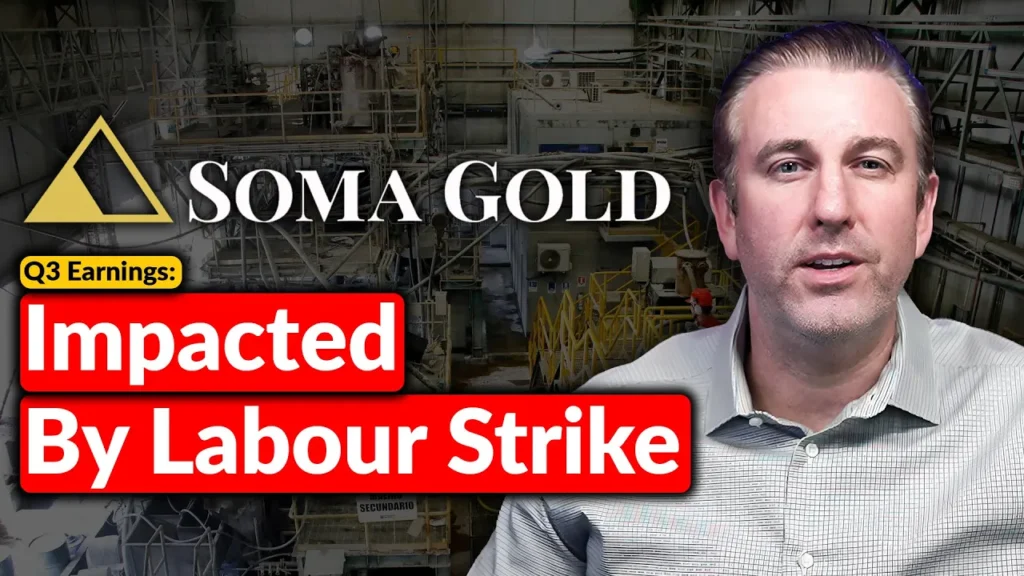



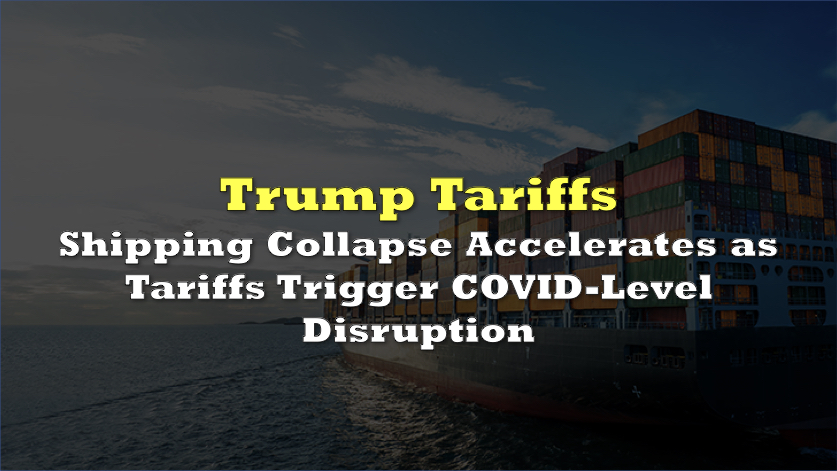
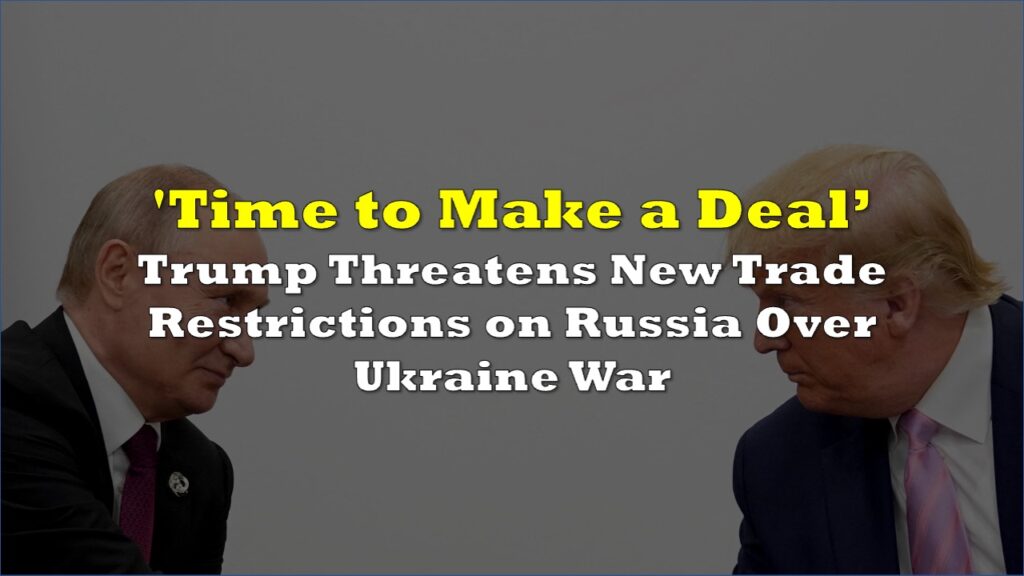
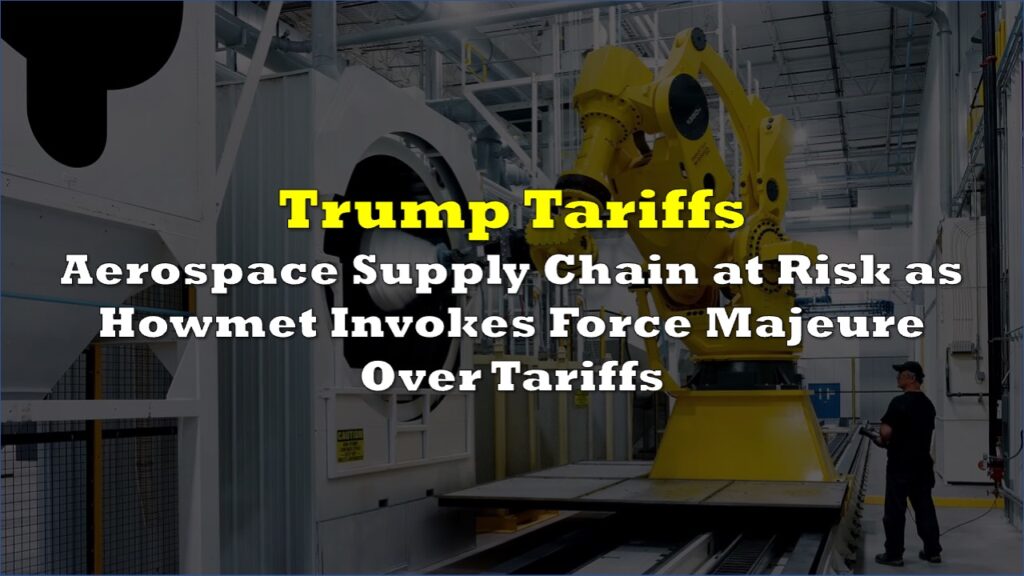
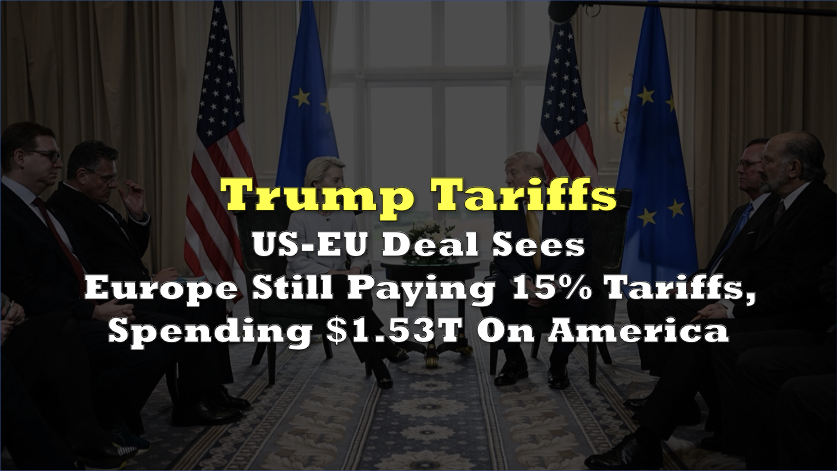
2 Responses
This is a simple but accurate snapshot of the state of Canada. So many headlines misrepresent a stability to the nation that eroded years ago. I understand the government needs to sell houses to keep the country afloat, but it’s wrong for government-funded media and studies to deceive people that things will get better in the next few years.
Trudeau